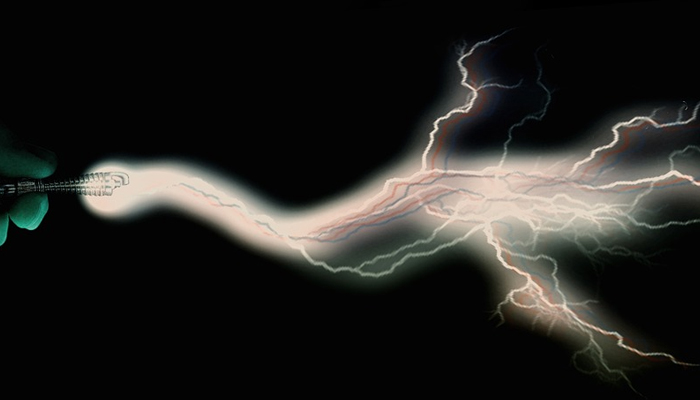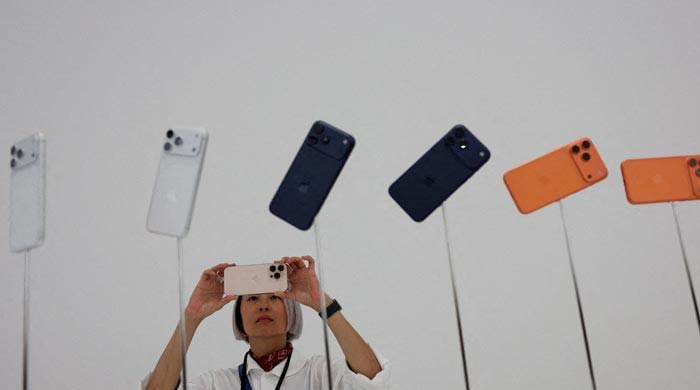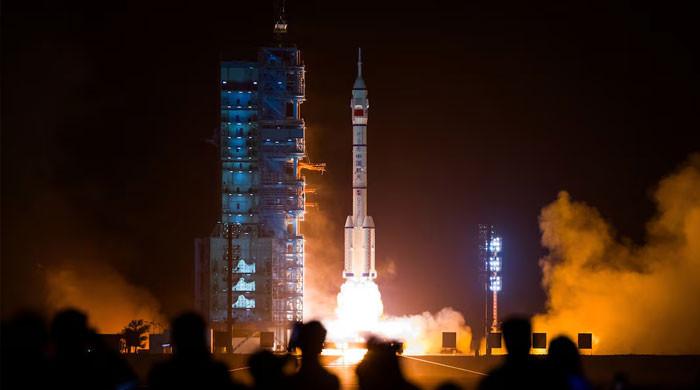Breakthrough: Scientists claim discovering room-temperature superconductor
Implications of breakthrough in superconducting materials are immense, promising to revolutionise various technologies
July 28, 2023

If scientists can strike a superconductor —a material that allows electrical current to pass through it without any resistance— which can work at room temperature, then the world becomes an entirely different place, Live Science reported.
The potential implications of a significant breakthrough in superconducting materials are immense, promising to revolutionise various technologies, from medical imaging like MRIs to space communication systems and critical fusion reactors.
This breakthrough could usher in a new era of advancements in computing, wireless communication, and transportation, making it a highly significant development.
However, when researchers from Virginia's College of William & Mary and the Quantum Energy Research Centre in South Korea announced the creation of a room-temperature, ambient-pressure superconducting material called LK-99, the global community of material physicists was intrigued but skeptical.
The results were published on the arXiv preprint server, meaning they haven't undergone peer review yet. Nonetheless, College of William & Mary physicist Hyun-Tak Kim invited other labs to replicate their work.
The material, LK-99, is a mixture of different powdered compounds containing lead, oxygen, sulfur, and phosphorus. These compounds are heated at extremely high temperatures until they form a dark gray solid.
Supposedly, the millimetre-sized sample showed superconductive properties, allowing electricity to flow through it nearly unimpeded at approximately 85 degrees Fahrenheit and at ambient air pressure. A video demonstrated the material partially levitating above a magnet, a characteristic behaviour of superconducting materials, as seen in maglev trains.
While some hailed the discovery as groundbreaking, several scientists expressed caution and scepticism. They noted that certain indicators of superconductivity, such as specific responses to a magnetic field or particular heat capacity, were not evident in the data.
Moreover, they raised concerns about potential experimental errors and imperfections in the LK-99 sample. Thus, the scientific community will withhold celebration until other laboratories replicate the results, preferably through multiple attempts.
In addition to the lack of peer review and some missing data, scepticism is understandable given previous instances where claims of room temperature superconductors turned out to be false alarms. There have been past incidents, including one this year, where similar breakthrough claims ultimately crumbled, and allegations of data falsification have surfaced.
The discovery of a room-temperature superconductor would undoubtedly be an extraordinary achievement, leading to prestigious recognition such as the Nobel Prize, and securing a place among the most pivotal discoveries in human history.
However, until further investigations and confirmations are made, this world-changing material remains an intriguing subject for further study and validation.











